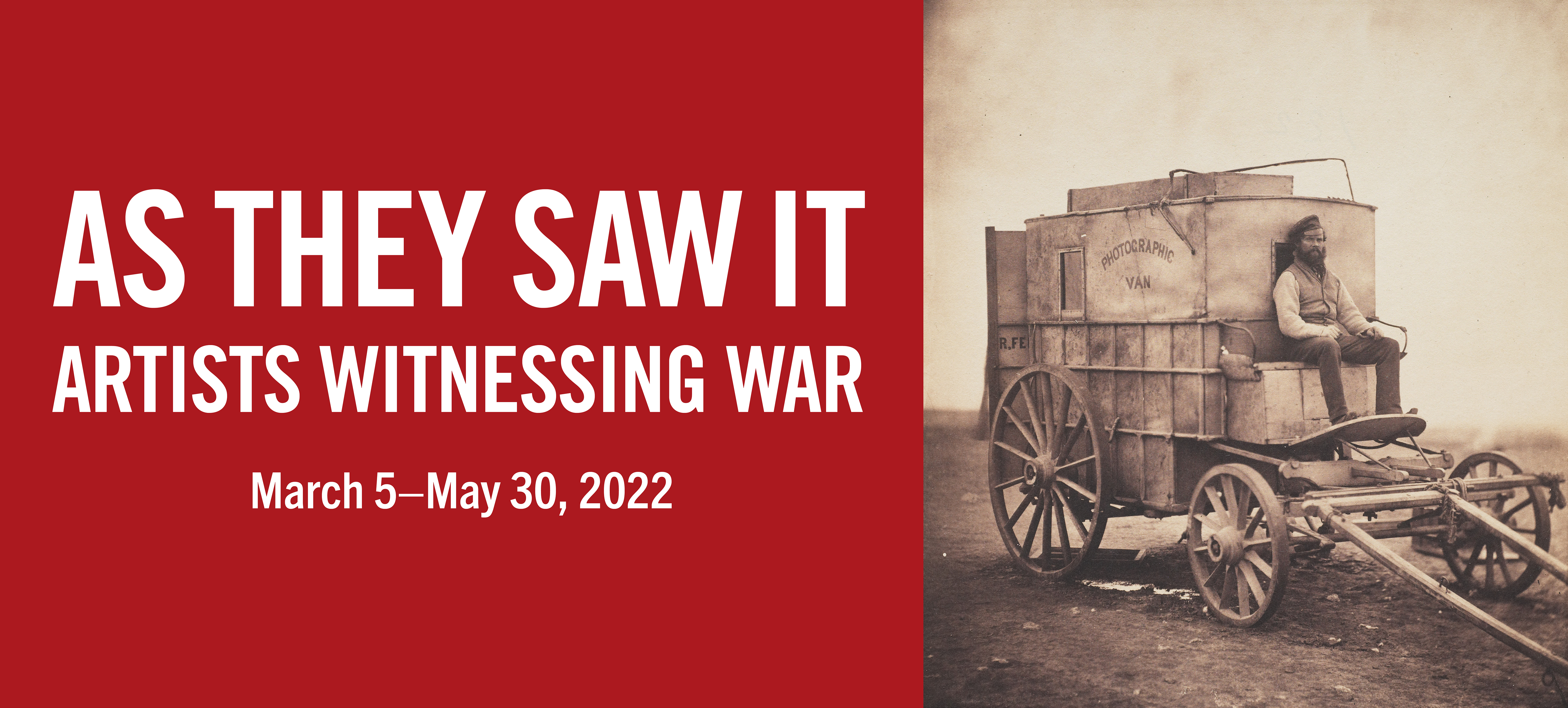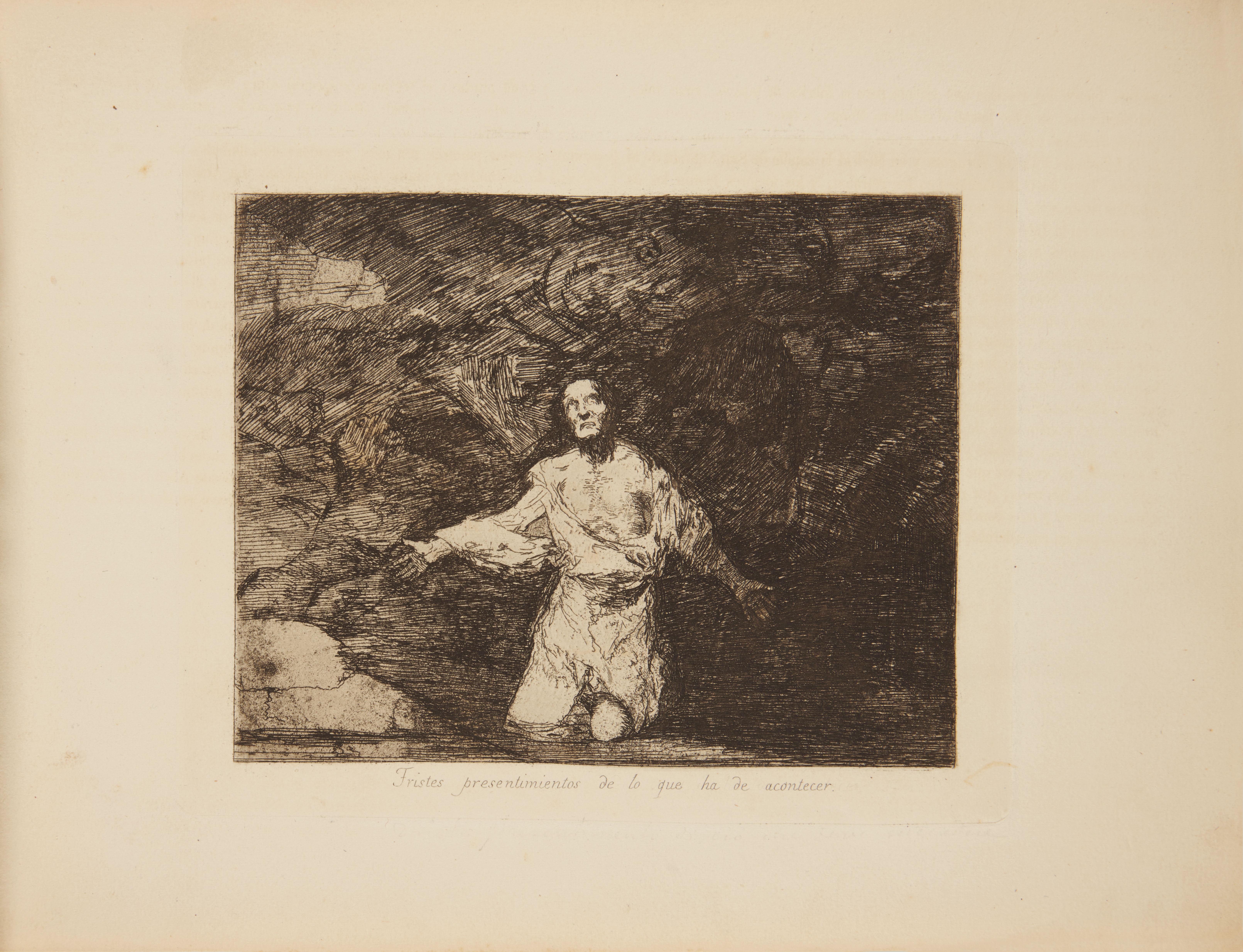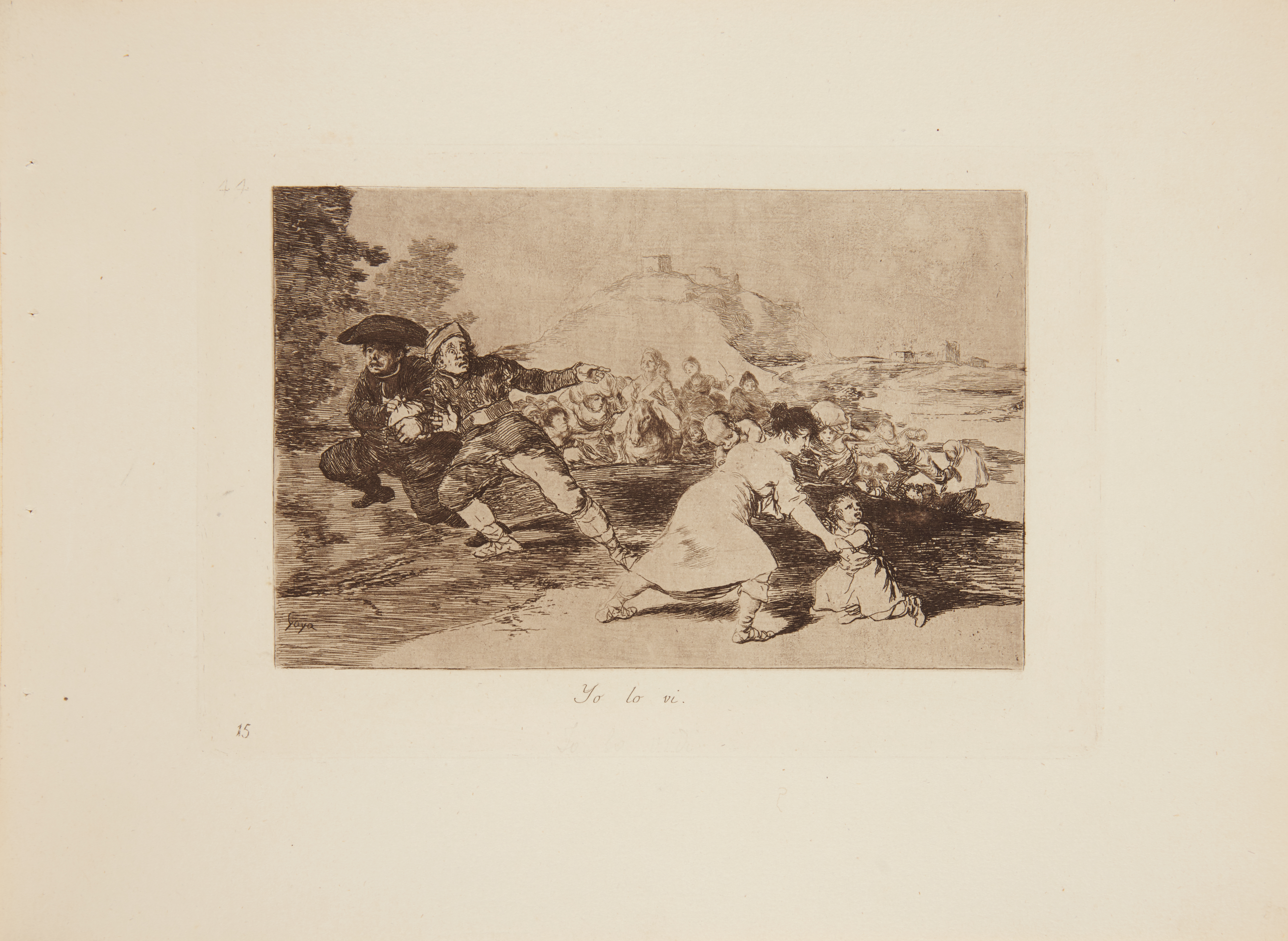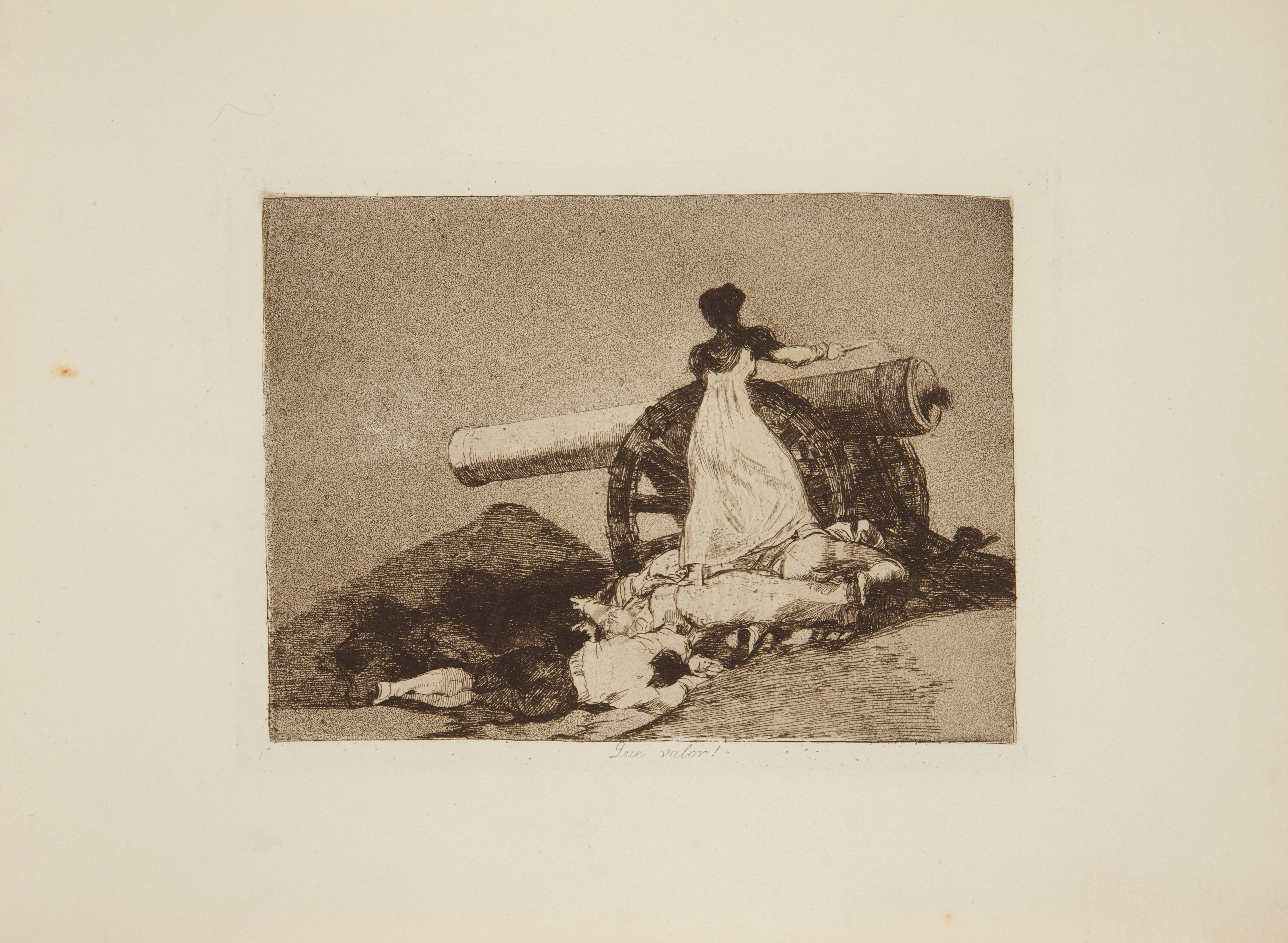Francisco de goya
The disasters of war
Francisco de Goya (Spanish, 1746–1828), The Disasters of War , 1810–1820. Complete set of 80 plates in etching and aquatint with some engraving and drypoint, bound in modern boards. Harris 121-200 III Ia/b/VII; the first edition (of seven), issued in 1863, early in the first edition (a of b), before spelling corrections to eight of the plates. The Clark, 2015.4.1–80
The ground-breaking series The Disasters of War by the Spanish artist Francisco de Goya contains eighty prints that depict various atrocities associated with warfare. Goya produced the plates for this series over the span of a decade, but, due to their politicized content, the first edition was not published until 1863, thirty-five years after the artist’s death.
Goya’s Disasters of War takes inspiration from a specific set of historical conflicts in early nineteenth-century Spain: Napoléon Bonaparte’s 1808 invasion of Spain, followed by the Peninsular War (1808–1814), and the famine that beleaguered Madrid in the winter of 1811–1812.
Although these depictions of death, rape, and sickness convey the realities of war in gruesome detail and are rooted in a specific historical context, many scholars have understood Goya’s Disasters as a repudiation of warfare and violence writ large. Throughout the series, the artist often generalizes the landscape settings for his scenes and blurs the distinction between victim and perpetrator, allowing the focus to be the depicted acts themselves.



